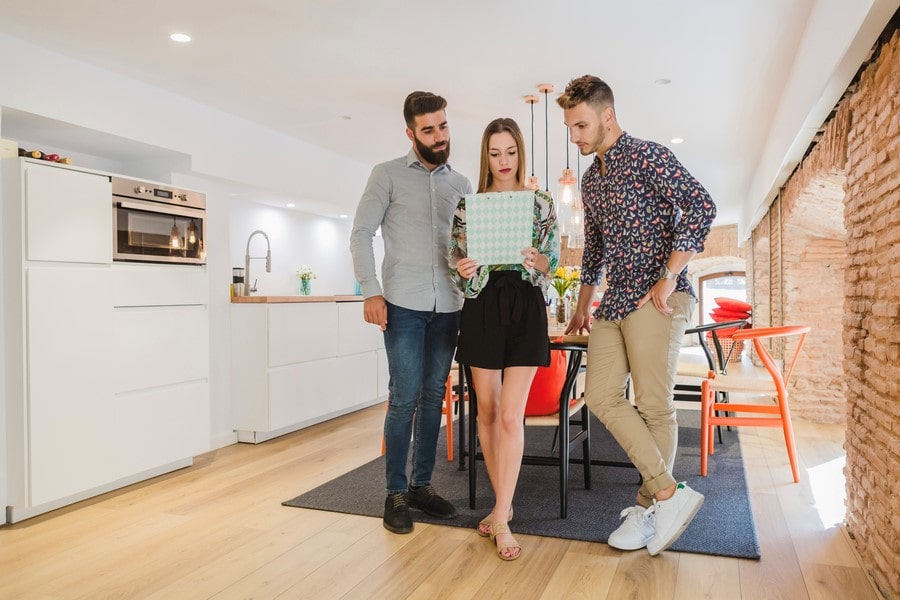Creating a sustainable home improves well-being. Your living space impacts health and the environment. Here are tips for an eco-friendly home.
Natural Light and Ventilation
Maximize natural light. Open curtains and blinds during the day. This reduces the need for artificial lighting. Proper ventilation is crucial. Fresh air improves indoor air quality. It removes toxins and reduces humidity. Arrange furniture to allow airflow. Plants near windows help filter air.
Sustainable Furniture
Choose sustainable furniture. Look for reclaimed wood or bamboo pieces. These materials are renewable and durable. Avoid furniture with harmful chemicals. Check for non-toxic finishes and adhesives. Sustainable furniture reduces environmental impact. It creates a healthier living space.
Indoor Plants
Indoor plants enhance well-being and decoration. They purify the air and add beauty. Choose easy-to-care-for plants. Examples are snake plants or spider plants. Group plants together for a lush look. Plants reduce stress and improve mood. They bring life to your home.
Adding More Ideas
Turn old wooden pallets into shelves. Use wine crates as storage boxes. Paint old frames to match your decor. Make a table from an old door. Use fabric scraps for pillows. Turn an old ladder into a bookshelf. Convert mason jars into light fixtures. These projects are fun and sustainable. Upcycling adds character to your home.
It shows creativity and care for the environment. Using recycled items also saves money. Each piece has a story and unique charm. For example, you could find items at a place like hellspin.com market. This approach supports a sustainable lifestyle. It inspires others to think creatively and eco-friendly.
Natural Fabrics
Choose natural fabrics. Cotton, linen, and wool are good options. They are breathable and biodegradable. Avoid synthetic fabrics. These can release harmful chemicals.
Energy-Efficient Lighting
Switch to energy-efficient lighting like LED bulbs. They use less energy and last longer. This reduces your electricity bill and environmental impact. Use dimmer switches to control light levels. Natural light during the day also saves energy.
Water Conservation
Conserve water in your home. Fix leaks promptly to save water.
More Tips
Mulch gardens to keep soil moist. Install a rain barrel for garden watering. Use greywater systems to reuse household water. Teach family members about water conservation. These practices save water and lower bills. Water conservation is crucial for sustainability. Every drop saved helps the planet. Start conserving water today.
Green Cleaning Products
Use green cleaning products. Avoid cleaners with harsh chemicals. They harm health and the environment.
More Tips
Use castile soap for many cleaning needs. Try hydrogen peroxide as a disinfectant. Baking soda can scrub surfaces well. Use soap nuts for laundry to avoid chemicals. Choose eco-friendly brands for store-bought products. Green cleaning is safer for kids and pets. It reduces indoor air pollution. Making your own cleaners saves money. Green products come from renewable resources. This practice supports a healthier home and planet. Start green cleaning for a better environment.
Minimalist Design
Embrace a minimalist design. Less is more for decoration. Choose quality over quantity. Declutter regularly to maintain a clean space. A minimalist approach reduces waste. It promotes well-being and creates peace.
Outdoor Spaces
Create eco-friendly outdoor spaces. Plant native species. They require less water. Use organic fertilizers and pest control. Compost kitchen scraps for garden soil. Install solar lights in your yard. Outdoor spaces offer relaxation and recreation.
Reusable Items
Use reusable items. Cloth napkins, reusable bags, and glass containers are great. Avoid single-use plastics. Reusable items reduce waste and are cost-effective. They contribute to a sustainable lifestyle.
Eco-Friendly Flooring
Choose eco-friendly flooring. Bamboo and cork are renewable options. They are durable and stylish. Avoid carpets with synthetic fibers. They can release harmful chemicals. Eco-friendly flooring is better for health and the planet.
DIY Projects
Engage in DIY projects. Make your own furniture or decor items. This is fun and rewarding. Use recycled materials for projects. DIY adds a personal touch to your home. It promotes sustainability.
Eco-Conscious Shopping
Shop with the environment in mind. Support local artisans and eco-friendly brands. Look for products made from sustainable materials. Avoid items with excessive packaging. Eco-conscious shopping reduces your footprint.
Community Involvement
Get involved in community sustainability efforts. Join local clean-up events or tree-planting activities. Share eco-friendly tips with neighbors. Community involvement fosters belonging. It amplifies the impact of your efforts.
Mindful Consumption
Practice mindful consumption. Think before buying new items. Ask if you really need it. Choose products that last longer. Mindful consumption reduces waste and saves money. It promotes a sustainable lifestyle.
Conclusion
Creating a sustainable home is possible. Focus on natural light and ventilation. Choose sustainable furniture and decor. Use eco-friendly paints and green cleaning products. Conserve water and energy. Get involved in your community. Practice mindful consumption. These steps lead to a healthier and sustainable home. A green home benefits you and the planet.


